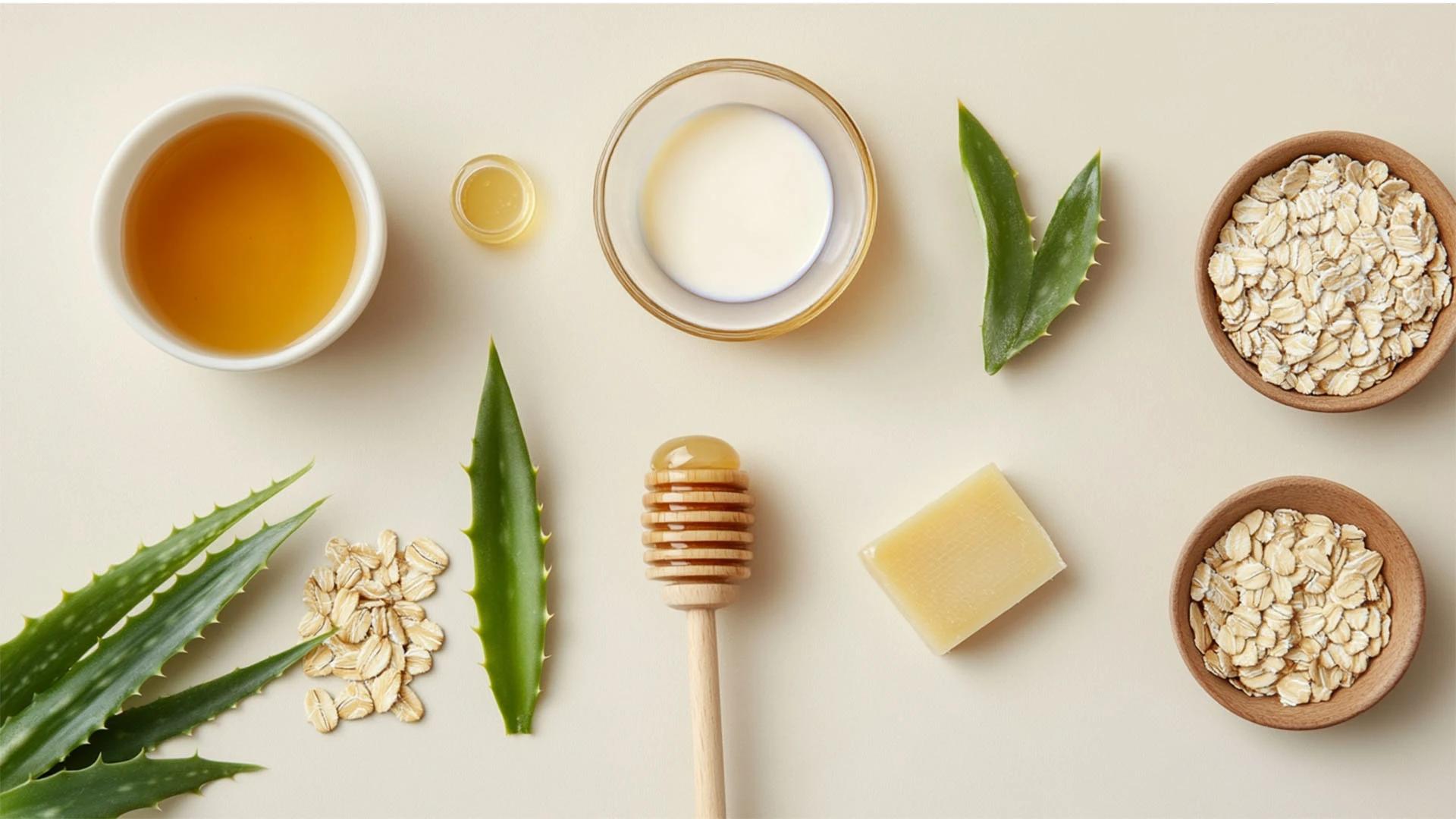Regular scalp massage increases blood flow to follicles, whilst gentle exfoliation removes buildup that can clog pores. Weekly scalp treatments can address specific concerns like dryness or excess oil.
Balancing Scalp pH for Healthier Hair
Your scalp's natural pH sits around 4.5-5.5. Using products that maintain this balance helps preserve your scalp's protective barrier and supports healthy hair growth.
Essential Components of a Holistic Hair Care Routine
A comprehensive hair care routine addresses cleansing, conditioning, treatment, and protection. But the key is understanding that these steps should work together as a system, not as isolated actions. Each component builds on the others to create an environment where your hair can thrive.
The frequency and intensity of each step depends on your hair type, lifestyle, and specific concerns. What works for your friend might not work for you, and that's perfectly normal. The goal is finding your rhythm that keeps your hair healthy without overwhelming your schedule.
Cleansing Techniques for Different Hair Types
Cleansing isn't just about removing dirt—it's about maintaining your scalp's natural balance. Fine hair might need daily cleansing, whilst coarse or chemically-treated hair benefits from less frequent washing.
Conditioning Strategies for Optimal Hair Health
Conditioning should target your hair's mid-lengths and ends, where natural oils from your scalp don't reach. The key is finding the right weight for your hair type.
Hair Treatments: When and How to Use Them
Hair treatment products like masks and serums address specific concerns. Use them strategically based on your hair's current condition rather than following a rigid schedule.
Nutrition and Haircare: The Inside-Out Approach
What you eat directly impacts your hair's health, strength, and growth rate. Your hair follicles are amongst the most active cells in your body, which means they need consistent nutrition to function properly. Deficiencies in key nutrients often show up in your hair before anywhere else.
Protein, iron, vitamins D and B12, and omega-3 fatty acids play crucial roles in hair health. But it's not just about individual nutrients—it's about maintaining overall nutritional balance that supports your body's ability to grow strong, healthy hair.
Supplements for Hair Growth and Strength
Whilst a balanced diet should provide most nutrients, targeted supplements can address specific deficiencies. Biotin, collagen, and iron are popular choices, but it's worth checking with a healthcare provider first.
Foods That Promote Healthy Hair
Salmon, eggs, spinach, nuts, and seeds provide essential nutrients for hair health. Focus on variety rather than individual "superfoods" to ensure comprehensive nutrition.
Environmental Factors and Hair Health


 200 ml
200 ml 100 ml
100 ml 200 ml + 200 ml
200 ml + 200 ml 200 ml + 100 ml
200 ml + 100 ml